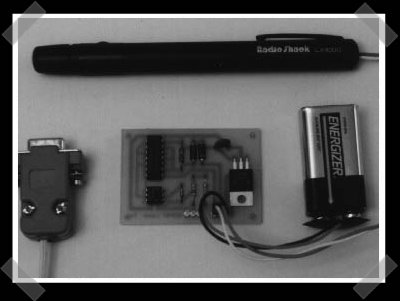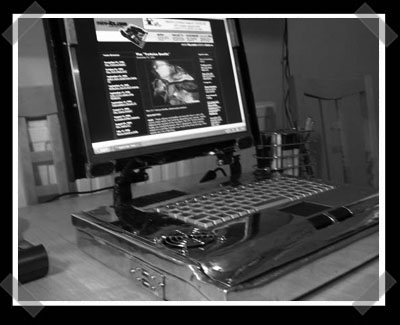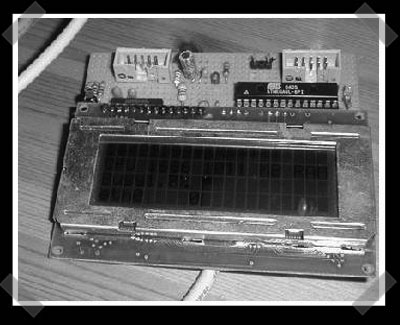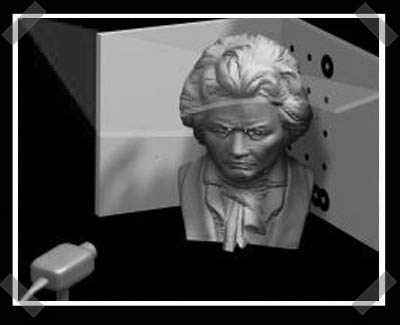
[ashish] sent in this one via the tips line. (Ed Note: link rot. Try this one.) It’s a project to create a laser based RS-232 link. It’s based on cheap laser pointers, a MAX232 and a photo-resistor to receive the signal.
computer hacks1402 Articles
computer hacks
Magnetic Strip Resistor MIDI Controller
[Joel] sent me a tip where I discovered this fun hack. It reminds me of the old pencil lead resistor trick. It looks like Ableton Live has been inspiring quite a few original controllers.
From the post: (Myspace doesn’t seem to have individual post linking)
“If you REALLY want to do this, the code is here. It is sloppily written in PASM for the Ubicom SX microcontroller running at 50Mhz addressing an ADC0808 (datasheet) 8 bit parallel ADC, because it’s the year 1993.”
Make Your Own Laptop

[Richard] pointed out this mini-itx laptop. The idea behind this particular design is to enable upgrading every component as needed. The case is aluminum, and the wiring inside is an exercise in patience. It’s not the first DIY laptop we’ve seen, and it doesn’t have batteries, but it’s the first I’ve seen with two internal hard drives.
Update: There is a battery, it just gets very little mention. It’s hiding under the DVD drive and one of the hard drives. Anyone know what kind it is?
LED LCD Backlight Replacement

[Keith]’s cousin gave him a LCD with a noisy backlight. He decided to replace it with a series of high output LEDs. He sourced some locally in the form of cheap LED headlamps from an auto-parts store. The results look pretty good – and the write up contains this gem: “…One [LED] also exploded due to an accidental overvolt. Shot me in the Chest. Panel okay though” Nice work.
Optoisolated Xmas Light Control

[buzzkill] brought this crazy christmas light controller to my attention. The hack is pretty neat. The potiometers in several standard dimmers were replaced with photo-resistors. When squares of the screen are lit, the dimmer is activated. In essence, it’s a cheap optoisolator for controlling AC power. The software that generates the interface appears to be sound actuated once it’s programmed by the user.
The Simpler USB2LCD
 USB LCD interfaces aren’t new around here. [John] sent this latest one. It uses a single ATMega chip and a few cheap components to implement the whole thing. The venerable HD44780 compatible is the text LCD of choice.
USB LCD interfaces aren’t new around here. [John] sent this latest one. It uses a single ATMega chip and a few cheap components to implement the whole thing. The venerable HD44780 compatible is the text LCD of choice.
I’m on vacation at the moment, but I’ll start putting up some Hack-A-Day design challenge entries pretty soon.
Laser 3d Scanning With A Webcam

[Jan] noted that they’ve come up with an interesting, low cost method of 3d scanning over (Update: http://www.david-laserscanner.com/wiki) at the Institute for Robotics and Process Control. Once the software is calibrated with the preset background image, a laser line is run over the object (Just think about every sci-fi laser scanner you’ve ever seen) The software appears to measure the contour of the object by the breaks in the line as it’s passed over the object. Once a mesh of measurements is taken, the object can be reconstructed in the software. According to [Jan] “With Their technique they won the Main Prize of the “work group for Pattern recognition” this Year in Berlin.” Now, make it work under something besides windows and .NET.
Get your Design Challenge entries in! The 25th is rolling up on us quick!










